
The advent of Fiber Laser technology has coincided with advances in machine tool axis drives. Traditional DC and AC servo motors coupled to gearboxes or ball-screws have long been the industry standard but linear motors are beginning to replace them. These new drives use electromagnets to levitate and propel the “carriage”. This technology loses no efficiency to friction of secondary drives and is capable of extraordinary speeds and rates of acceleration. Today we will explore the impact of high acceleration on laser-cutting performance.
When axis acceleration and deceleration ramps are reduced the time to arrive at maximum speed is significantly shortened and this directly translates to faster and more efficient processing speeds. One might be tempted to think this difference is negligible but the charts listed below prove the point.
Manufacturing is about efficiency. Reducing processing times is a constant objective and faster drives with higher power lasers do just that. Fig. 2 demonstrates that difference in time to produce a given part as rate of acceleration increases.
As the speed and acceleration of linear drive technology increases there is a need to couple it with more laser power so that the speed is more properly leveraged. More heat is required to vaporize the material at the higher speeds hence the dramatic difference in capacity with a 6KW resonator versus the 2 or even 4KW. Some fiber laser machines even work 8 and 12KW resonators for even more dramatic results. It will not be long before we are cutting ¼” plate at the same speed we used to cut 10Ga!




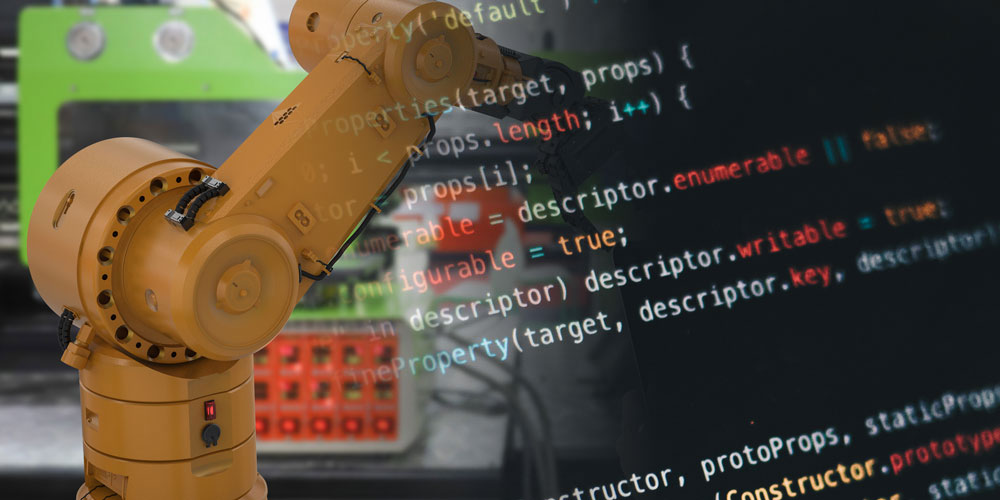
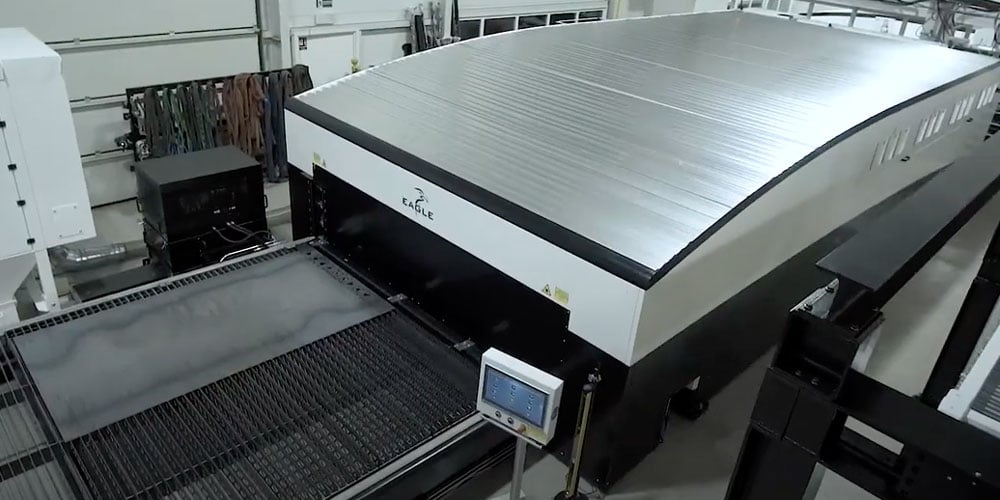

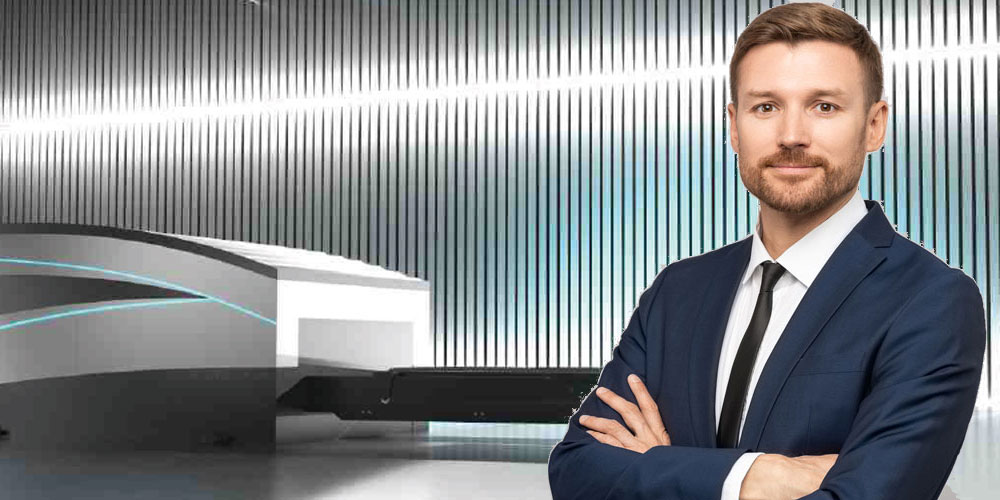
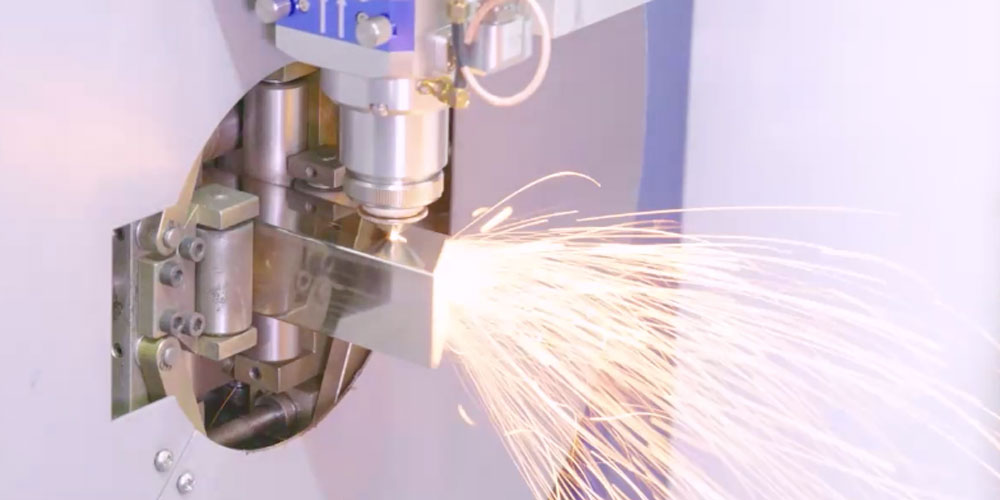

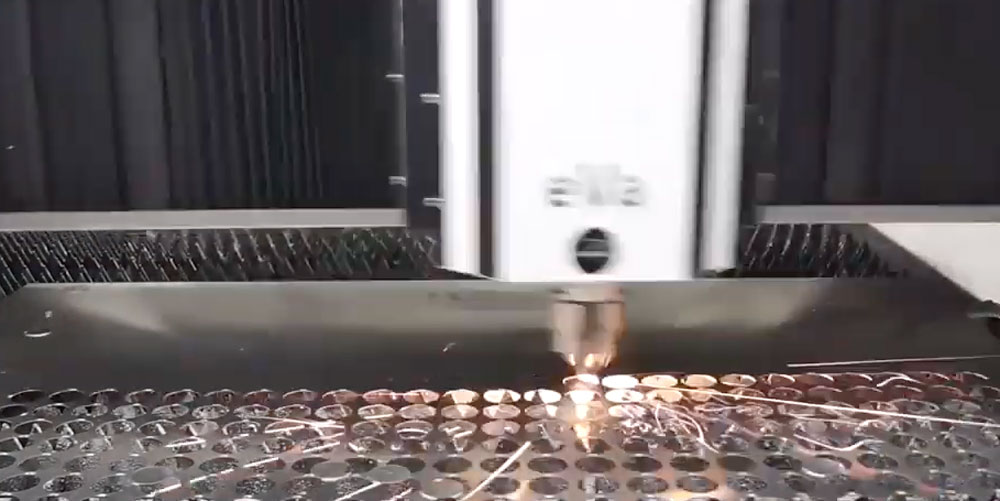


Comments
Add Comment